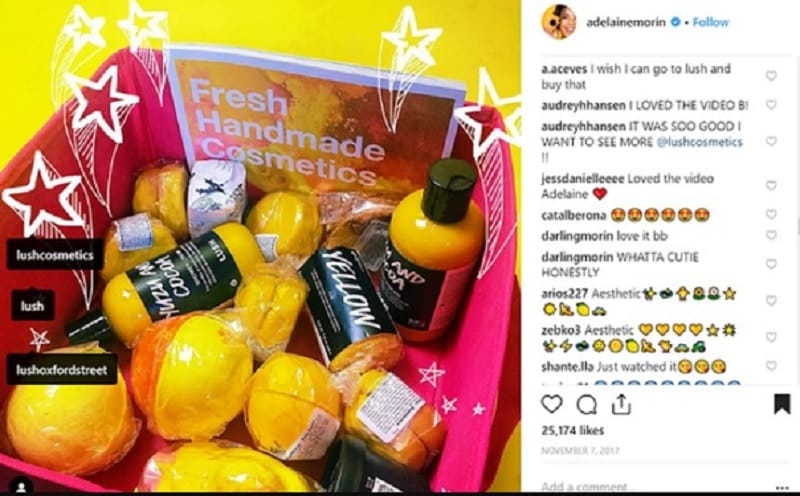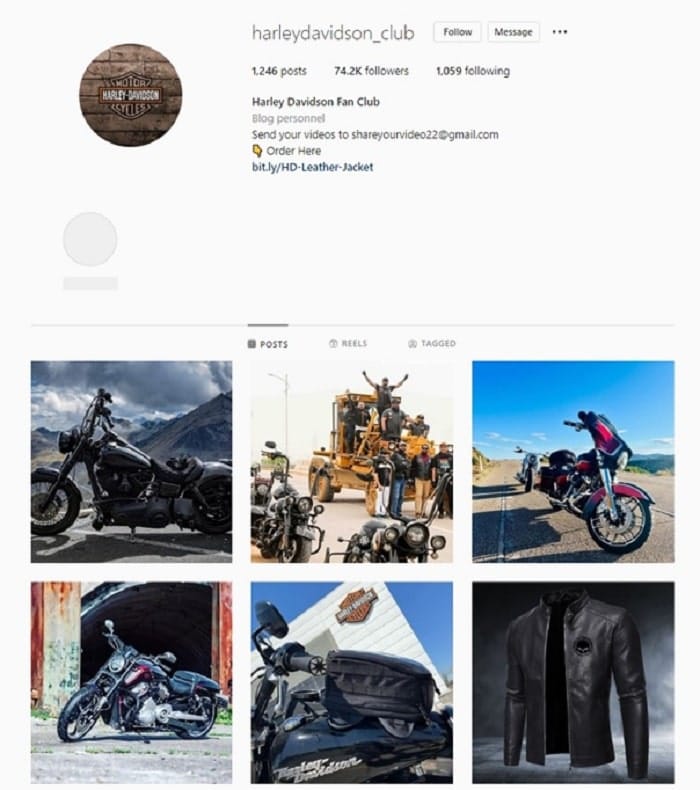Buzz marketing is a branch of marketing that is considered one of the most effective online promotion tools. We use it to make a given product/service/brand loud. “It doesn’t matter what they say, it’s important that they say it” – this motto partly reflects the nature of word-of-mouth marketing; it is also called rumor marketing for this reason.
What is word-of-mouth marketing?
The phenomenon of buzz marketing consists of the unobtrusive and natural triggering of a discussion about a given brand. Unlike paid advertisements, e.g., in a search engine or social media, in word-of-mouth marketing, users should not be persuaded to buy in any way. Instead, the task of marketers is to present the advantages of a product or service in a way that is best suited to the context of the discussion.
The power of recommendations can be seen especially in the Internet space. Before buying, users love to consult others, check ratings, watch reviews and make a purchase decision based on this information. BrightLocal’s research shows that 91% of customers trust online reviews as much as they trust recommendations from friends. However, when using word-of-mouth marketing, it should be remembered that the line between a spontaneous opinion and intrusive persuasion is very thin, which is why you need qualified marketers who will conduct such activities carefully.
Types of Word-of-Mouth marketing
There are several forms of word-of-mouth marketing. The most popular of them are:
- Casual marketing – parallel activities support the priority task of Word-of-Mouth marketing.
- Community marketing – in this case, word-of-mouth marketing consists in promoting the company’s products by engaging in discussion on internet forums, social groups, etc.
- Trendsetting – involves creating new trends using a given product/brand. Most often, influencers who consumers want to emulate are involved in such projects.
- Brand blogging – involves using the blogging sphere to promote a product/service/brand. They can be combined with trendsetting.
The next types of WOM Marketing are also quite popular. Let’s learn a bit more about them with examples:
Product seeding
It consists in providing product testers, the so-called online opinion leaders (influencers, bloggers). By reviewing the product, e.g., in the form of a video, these leaders will start a fashion for it.
This amazing LUSH package was sent to Adelaine Morin via Instagram. All yellow products. Her favorite color! This is a fun and unique way to personalize product gifting packages with influencers.

Image Credit: Adelaine Morin’s Instagram
Cause marketing
This one consists in supporting social issues important to the target group. This way, the business will gain trust and strengthen the brand’s authority (e.g., healthy lifestyle, ecology, tolerance). Now, let’s see a popular example.
Empower Mint was introduced by Ben & Jerry’s in 2016 to promote democracy. The flavor was accompanied by a campaign called “Democracy is in Your Hands.” This campaign educated ice cream lovers about the barriers that are placed in low-income communities to stop them from voting.
Empower Mint, a minty fudgy flavor, reflects the company’s belief that voting gives everyone a taste for empowerment. Thus, the campaign featured a video highlighting the injustices low-income communities face when casting their ballots.
Evangelist marketing
It consists in creating a group of consumers, the so-called evangelists of a given brand, who strongly identify with it and want to promote it among their friends. An example is the Harley Davidson brand, which, using buzz marketing, created its followers – Harley riders.
 Image credit: Harleydavidson_club
Image credit: Harleydavidson_club
The Harley Davidson brand creates a very strong community. This community creates, e.g., fan clubs and gadgets with the brand’s logo (the example above – a leather jacket).
Viral marketing
Viral marketing consists in creating content willingly shared by users, e.g., memes and GIFs. It is important that such content provides positive associations with the product and does not have any signs of advertising.
The best example of viral marketing is the ALS Ice Bucket Challenge.
The Ice Bucket Challenge is a campaign that raises awareness about amyotrophic lateral sclerosis, also known as Lou Gehrig’s disease, and encourages donations to research.
People were filmed while a bucket of water with ice is poured over their heads. Each person who took the challenge nominated at least three others to do the same thing. They have a 24-hour time limit to complete the challenge and to make a donation to the Amyotrophic Lateral Sclerosis Association.
The viral ice bucket video caused a sensation on social media and greatly increased awareness of ALS.
Is Word-of-Mouth effective?
Thanks to word-of-mouth marketing, we not only unconventionally promote the product but also build engaged social networks. We don’t have to limit ourselves to one channel. We can successfully conduct such activities on industry forums, social media, or blogs at the same time.
Effective buzz marketing should be moderated on an ongoing basis so as to trigger an active discussion among consumers. First, it’s good to start a guide topic, one that is problematic and needs specific solutions. Only then can you mention the advantages of the product/service. You don’t always need to start separate threads to mention a product. You can also link to existing threads and update an older discussion.
Word-of-Mouth should be ethical. Unfortunately, it happens that some people involved in such activities focus on slandering the competition or sharing false information.
Word-of-mouth marketing: The Benefits
Effectively conducted buzz marketing can have a positive impact on the image of your company. Thanks to opinions and recommendations on the web, your brand gains credibility and more attention. This translates into more website traffic and, thus, more profits.
Word-of-mouth marketing does not require large financial outlays. One specialist in the marketing department dedicated to these activities is enough. In addition, access to forums and portals is free.
Word-of-mouth marketing: The Mistakes
Internet users are very vigilant and sensitive to hypocrisy on the Internet. In order for the “whispers” to be as authentic as possible, it is worth avoiding writing about the product in superlatives. It is better to focus on neutral and moderately positive content. The mere fact that we mention the brand in the context of a given discussion is a sufficient excuse to associate the product with a solution to the discussed problem. The same is true regarding insistent persuasion to buy. Such behavior will certainly harm the brand instead of building its positive image.
Also, avoid a formal tone and overly elaborate sentences. Short and specific recommendations are much more reliable. A common mistake is sharing the same comment in different places, as well as posting content under discussions that are not thematically adapted.
Why is it worth investing in the Word-of-Mouth marketing?
The range of activities in word-of-mouth marketing is very wide. It is used in almost every industry. It can be used to promote almost any product or service. However, it must be remembered that poorly conducted buzz marketing can greatly harm the brand and become the hero of memes (not necessarily positive ones).
Just like word-of-mouth marketing, building high quality backlink is crucial for your business’ success. OutreachBee will help you achieve that through best practices of outreach guest posting. Please contact us for a personalized plan.



Who has the most subscribers on YouTube
How To Go Viral On Instagram Live: 7 Expert Ideas To Maximize Audience Engagement